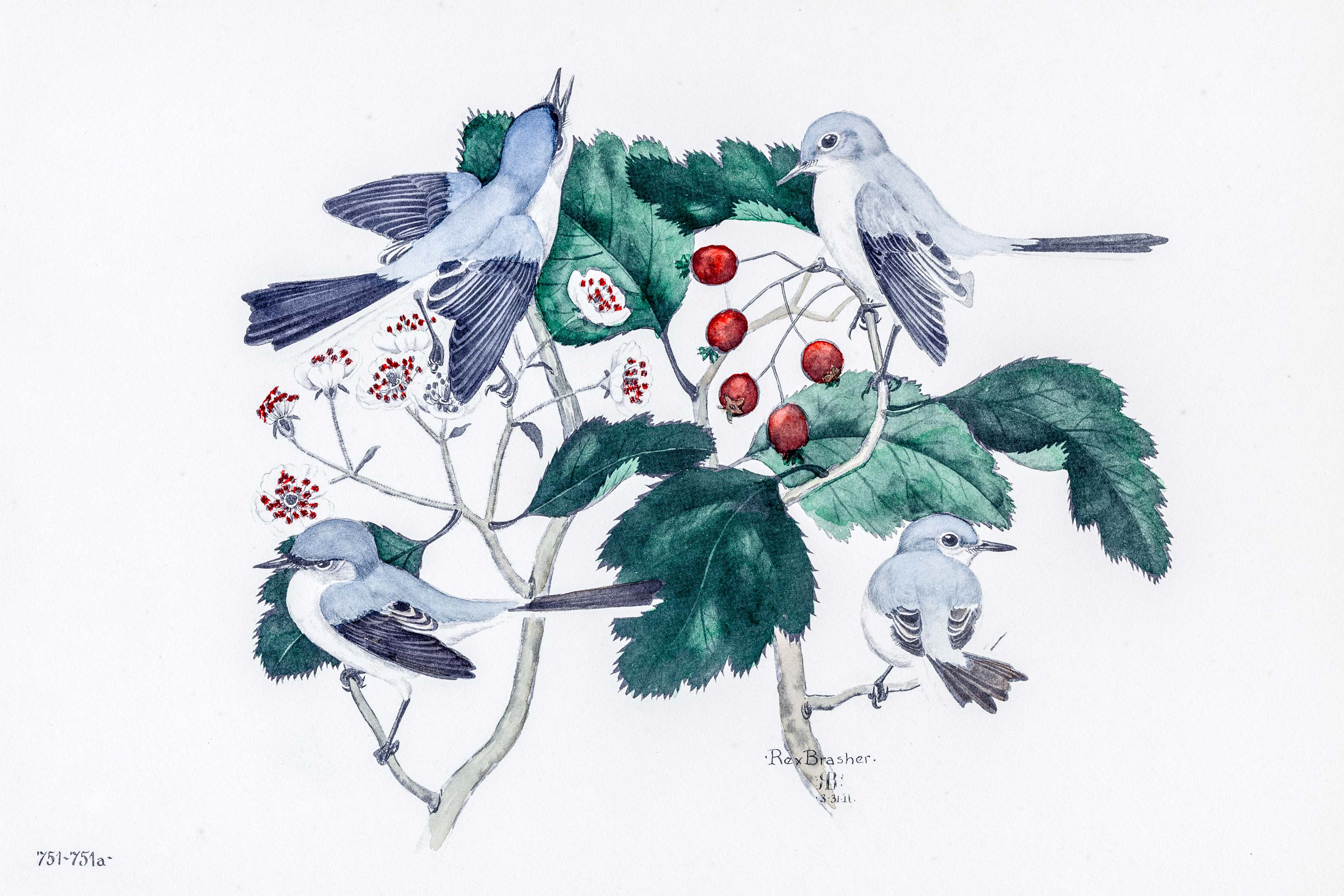
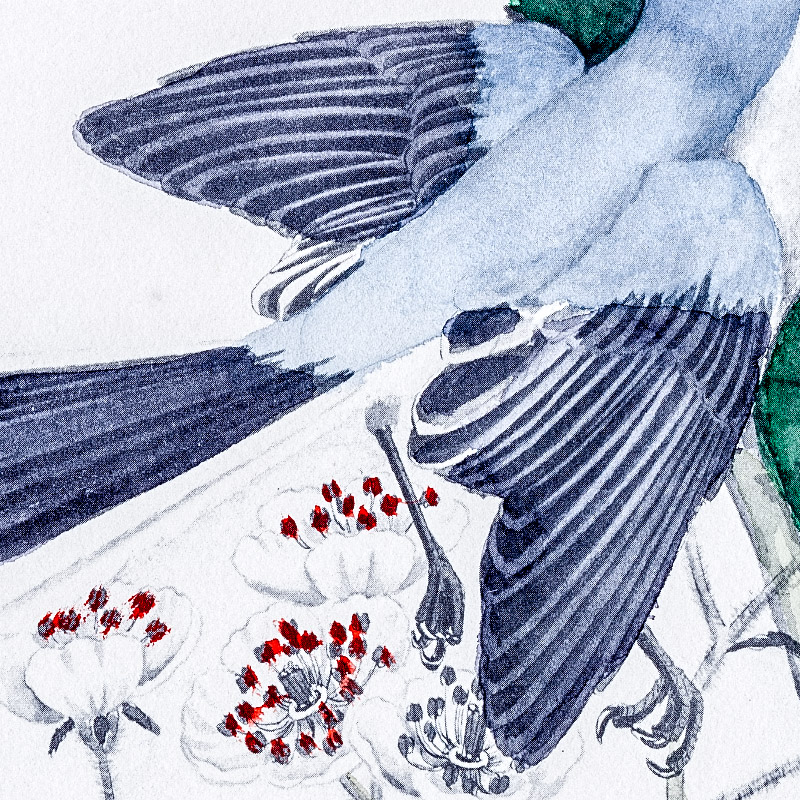

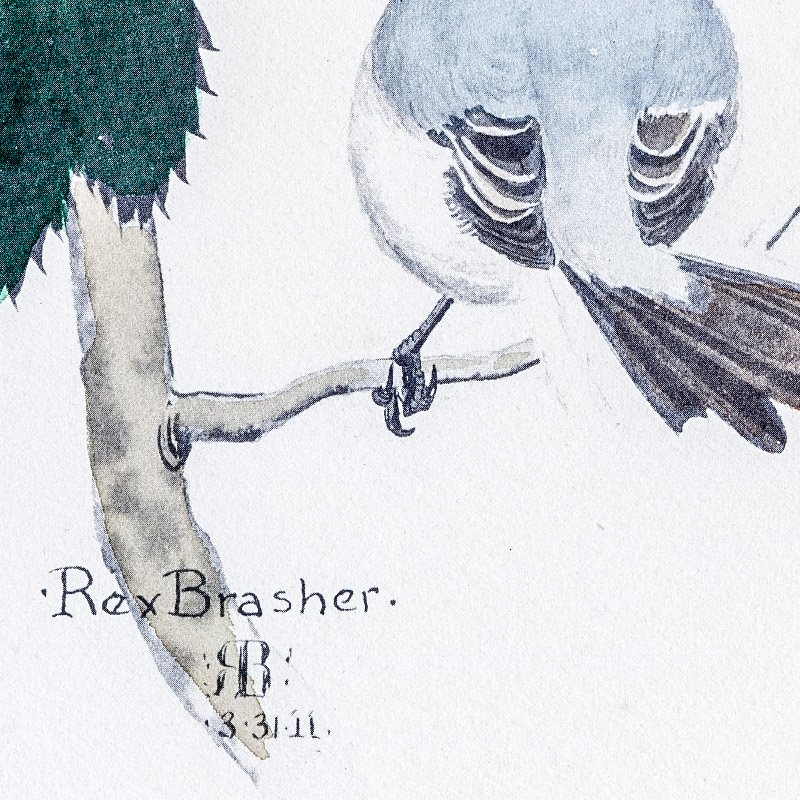
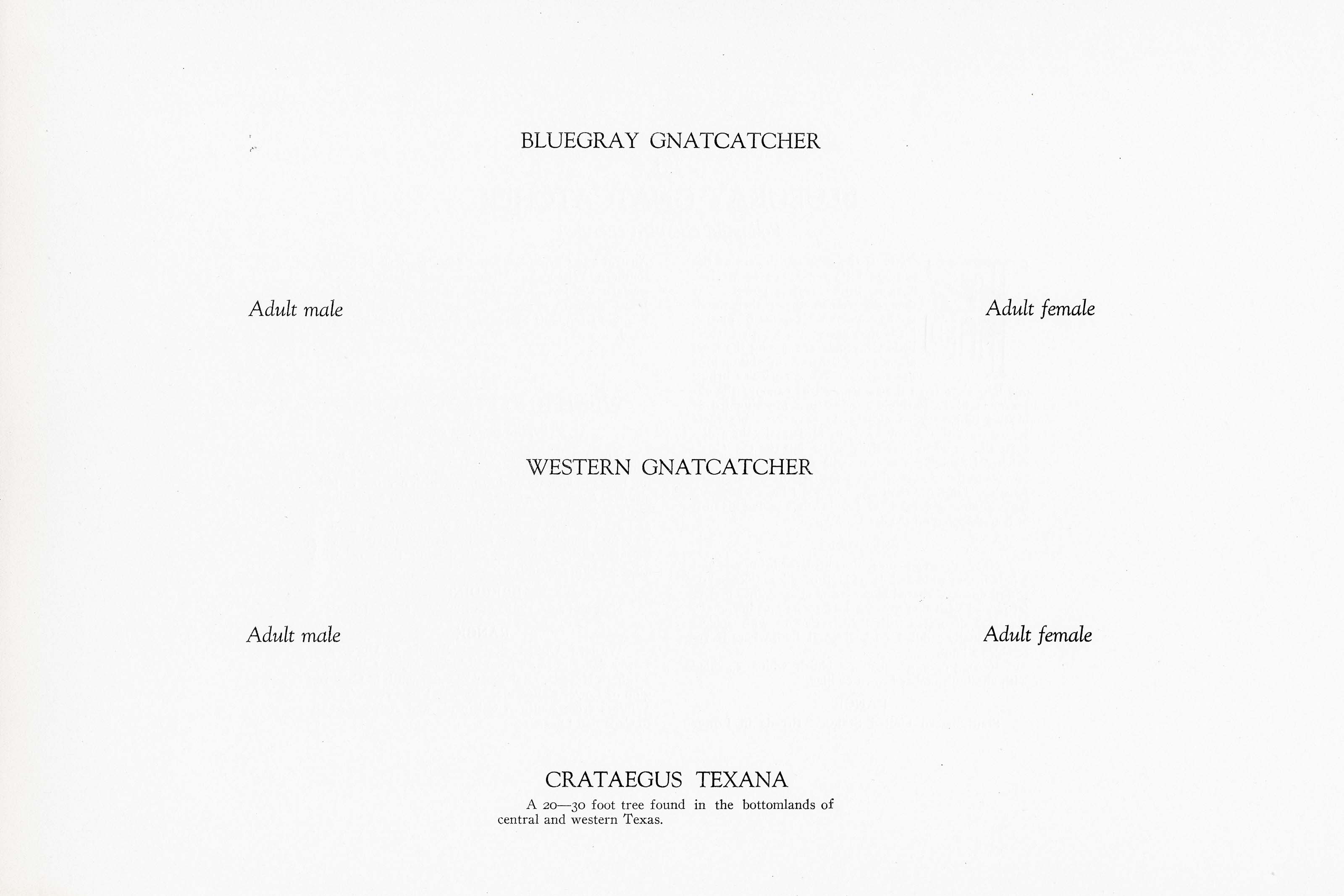
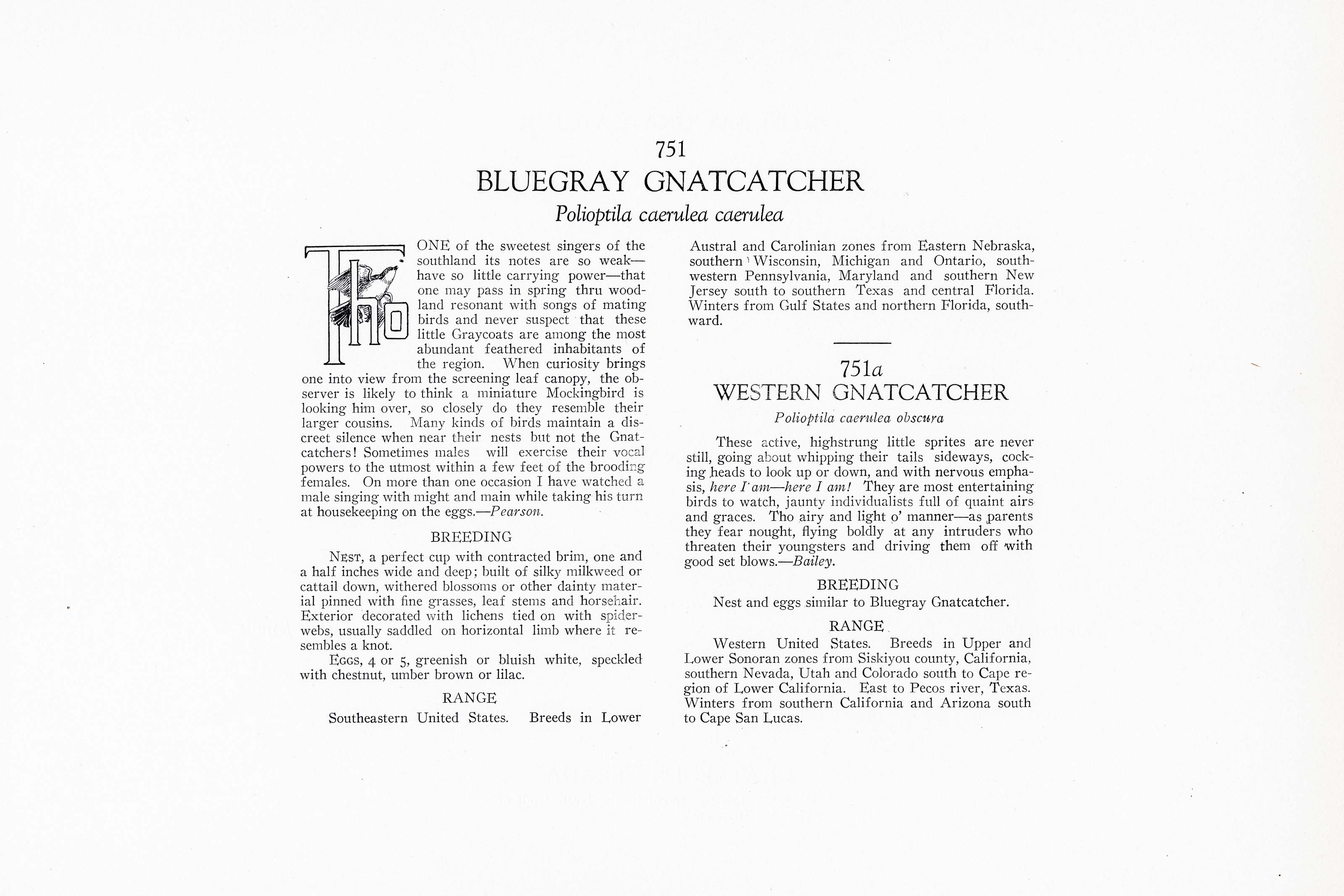

1911
1929
12
751-751a
A team of dedicated board members, volunteers, and student interns has published every page in Volume 9. This volume includes 360 images of paintings and lyrical descriptions of birds, now available online for everyone to enjoy anywhere in the world. This is a monumental task. Each volume requires approximately 400 hours to photograph, edit, transcribe, catalog, and publish online. We need your support to complete this work.
If you're tech-savvy, have a good eye, are meticulous with details, and love structured data, please consider volunteering by emailing us at hello@rexbrasher.org.
We encourage all bird lovers and supporters to consider a monetary donation to support our mission to make Rex's work available for everyone. You can provide a one-time or recurring donation online.
THO ONE of the sweetest singers of the southland its notes are so weak — have so little carrying power — that one may pass in spring thru woodland resonant with songs of mating birds and never suspect that these little Graycoats are among the most abundant feathered inhabitants of the region. When curiosity brings one into view from the screening leaf canopy, the observer is likely to think a miniature Mockingbird is looking him over, so closely do they resemble their larger cousins. Many kinds of birds maintain a discreet silence when near their nests but not the Gnatcatchers! Sometimes males will exercise their vocal powers to the utmost within a few feet of the brooding females. On more than one occasion I have watched a male singing with might and main while taking his turn at housekeeping on the eggs. —Pearson.
NEST, a perfect cup with contracted brim, one and a half inches wide and deep; built of silky milkweed or cattail down, withered blossoms or other dainty material pinned with fine grasses, leaf stems and horsehair. Exterior decorated with lichens tied on with spiderwebs, usually saddled on horizontal limb where it resembles a knot.
EGGS, 4 or 5, greenish or bluish white, speckled with chestnut, umber brown or lilac.
Southeastern United States. Breeds in Lower Austral and Carolinian zones from Eastern Nebraska, southern Wisconsin, Michigan and Ontario, southwestern Pennsylvania, Maryland and southern New Jersey south to southern Texas and central Florida. Winters from Gulf States and northern Florida, southward.
A 20–30 foot tree found in the bottomlands of central and western Texas.